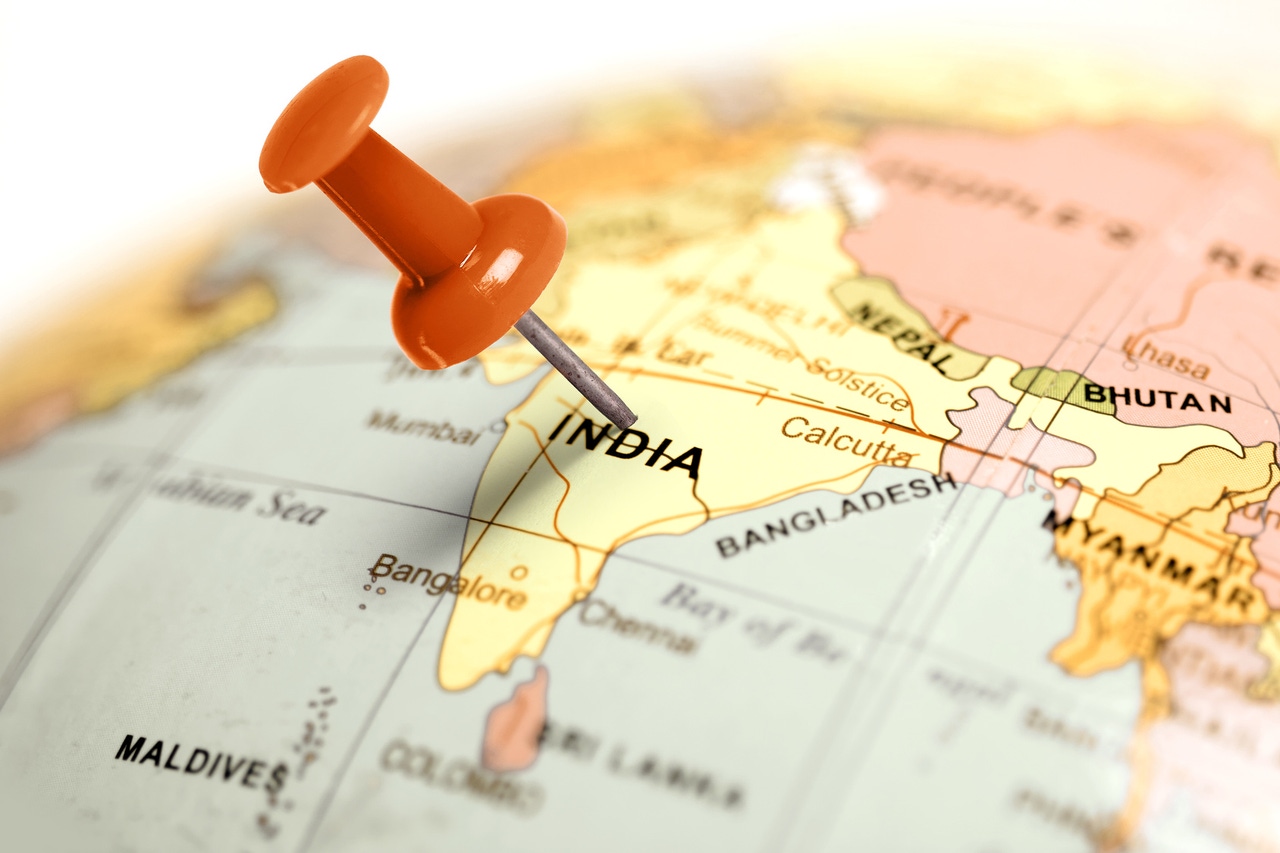India greenlights Huawei as CEO warns of a tough year
The Indian Government has said it will not exclude Huawei from its 5G trials, as the country sets a 2021 deadline to launch commercial service.
January 2, 2020

The Indian Government has said it will not exclude Huawei from its 5G trials, as the country sets a 2021 deadline to launch commercial service.
The last week has certainly thrown out some mixed signals from the under-fire Chinese infrastructure equipment vendor. In a New Year’s message to staff, Rotating Chairman Eric Xu suggested revenues over the course of 2019 increased 18% year-on—year, though 2020 will see much more difficult market conditions. The news emerging from India is a win, though 2019’s twists and turns have created a very difficult playing field for Huawei.
In India, Government officials stopped short of stating Huawei would be allowed to sell equipment to the telcos when commercial services are up-and-running, but this is as good as the vendor could have hoped for to date. Huawei will be permitted to work alongside Indian telcos to build business and usecases for the up-coming 5G euphoria.
Although this is an incredibly attractive market for equipment vendors, the number of subscriptions and vast geographical spread paint the potential for huge profits, this is not a market without problems. The disruption caused by the introduction of Reliance Jio and its aggressive pricing are forcing competitors into financial embarrassment, while the Indian Government has never completely figured out the spectrum conundrum.
Spectrum is an incredibly valuable resource for the telcos, and while it is very common for there to be complaints about the price, most of the time cheques are signed bitterly. This is not the case in India, where 40% of spectrum licences have gone unsold through auctions since 2010. For such a valuable, and scarce, resource to remain unclaimed, the Government must be asking too much for licences.
In recent weeks, the Government has said it would ignore industry complaints and persist with the current pricing regime for the 3.3-3.6 GHz spectrum band. What impact this tussle between Government and industry has on the 2021 deadline for commercial 5G services in the country remains to be seen.
That said, the sheer size and aggressive nature of India’s digital transformation journey over the last three years makes this a very attractive market for any of the equipment vendors. Though Huawei may well need a boost if Xu’s 2020 pessimism is accurate.
In the New Year’s message, Xu suggested to staff that revenues for 2019 could be up as much as 18% to $121.72 billion, though the first half of 2020 is likely to demonstrate slower growth. The continued presence on the US Entity List is likely to have a significant impact on the consumer division, as the newest Mate 30 smartphone is currently being sold without any Google services installed on the device, or the latest version of the Android OS.
The smartphone segment has proven to be very profitable for Huawei in recent years, as it proved to be one of the few OEMs who could grow sales during a global slowdown. Huawei is currently ranked second in the global market share for smartphones, though this will be almost impossible to maintain as the realities of US friction hit home. It would not be surprising to see monstrous loss of market share outside of China.
While this does not paint the most attractive of pictures, Huawei has proven to be a resilient company. The US ban seems to be having little impact on the operations of the firm, Huawei has manoeuvred its supply chain quite effectively, and more countries seem to be ignoring US demands to implement bans.
About the Author(s)
You May Also Like











_1.jpg?width=700&auto=webp&quality=80&disable=upscale)


.png?width=800&auto=webp&quality=80&disable=upscale)